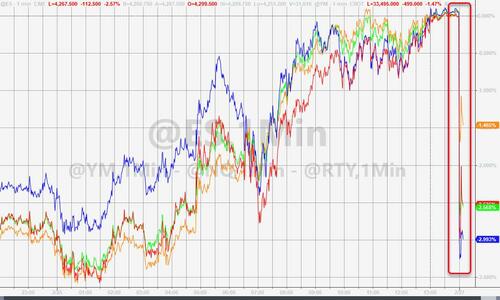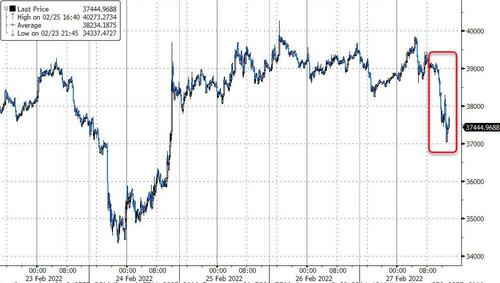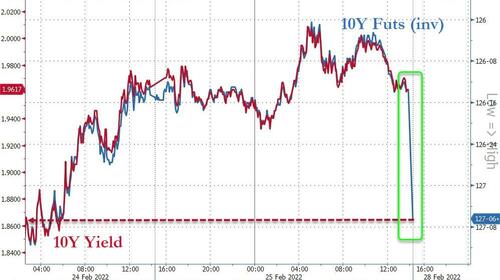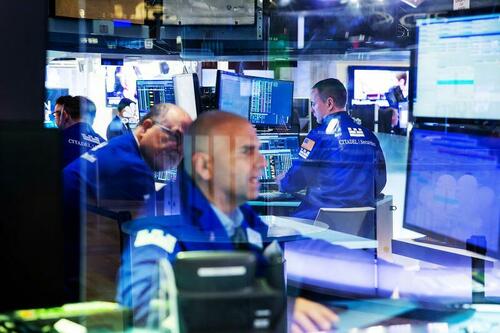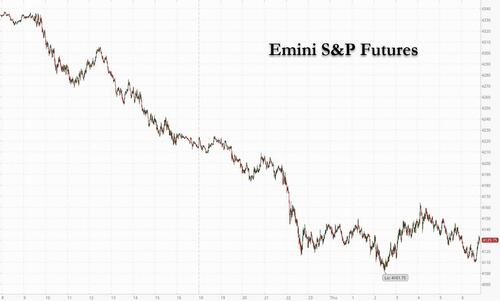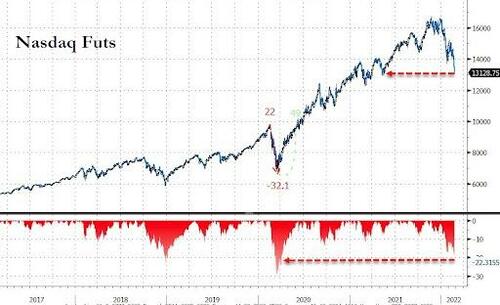Just 90 minutes following the jobs report, Chairman Powell joined Janet Yellen and Ben Bernanke for a panel discussion at an American Economic Association meeting in Atlanta. Powell’s comments were not expected to be policy focused (his post-FOMC press conference only two weeks ago). But the Fed Chairman immediately pulled out some prepared comments, perhaps crafted over the previous 24 hours (of rapidly deteriorating global market conditions).
Chairman Powell: “Financial markets have been sending different signals – signals of concern about downside risks, about slowing global growth particularly related to China, about ongoing trade negotiations, about – let’s call – general policy uncertainty coming out of Washington, among other factors. You do have this difference between, on the one hand, strong data, and some tension between financial markets that are signaling concern and downside risks. And the question is, within those contrasting set of factors, how should we think about the outlook and how should we think about monetary policy going forward. When we get conflicting signals, as is not infrequently the case, policy is very much about risk management.


